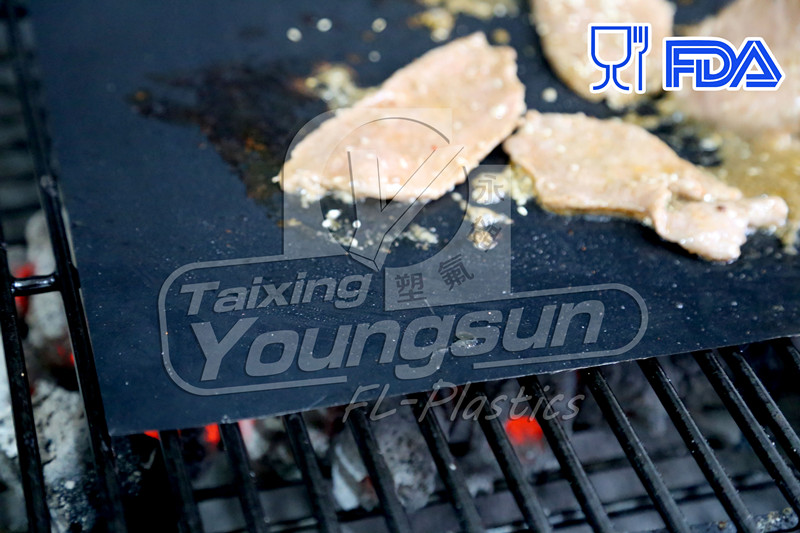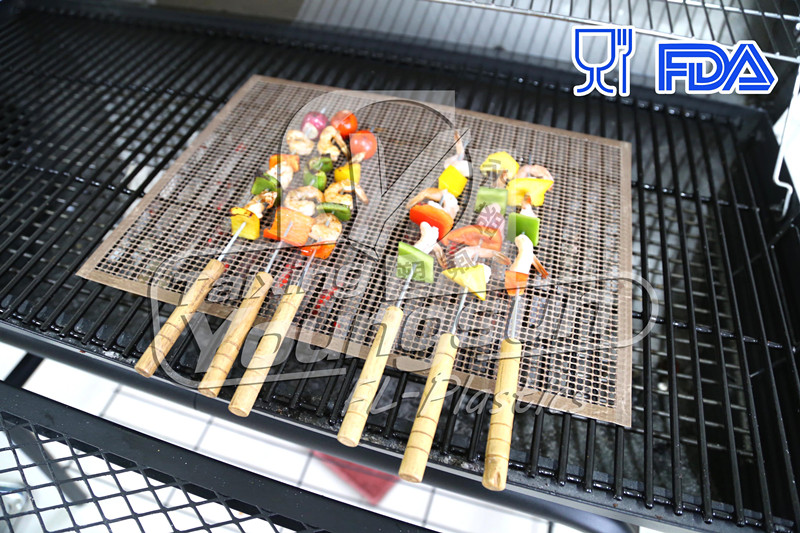Printing inks are often classified into high-viscosity paste inks and low-viscosity liquid inks based on their viscosity values. The most common of paste inks are offset inks and screen printing inks. The viscosity of inks such as gravure ink, flexo ink, and news ink is very low, so these printing inks are also called liquid inks.
In a drying method of a low-viscosity ink (liquid ink), drying the ink by a cross-linking reaction is a drying method of the ink. Currently, more and more UV-curable inks and EB-curable inks (electron beam curing) used in the printing industry belong to the category of cross-linking reaction fixation.
Among crosslinked reactive inks, the crosslinking agent in the binder is one of the key ingredients. The choice of cross-linking agent affects the drying speed of the ink film after ink printing; in addition, the cross-linking agent also affects the viscosity of the ink system itself and the adhesion properties of the ink on the surface of the substrate after printing; third, cross-linking The agent also affects various resistances of the ink film on the surface of the print, such as the heat resistance, light resistance, water resistance, and solvent resistance of the printed surface.
In summary, the cross-linking agent is an important component of the printing ink and coating formulation components used to improve the ink properties and improve the printability of the ink. When choosing the crosslinking agent for inks and coatings, it must be carefully selected to give the ink or coating a distinctive characteristic.
Next, briefly introduce some of the crosslinkers used in the ink system and in the coating oil:
Oxide-based crosslinkers
Reciprocating cross-linking agents used in printing inks, unsaturated oils may be regarded as veterans in the ink system. Unsaturated oils undergo cross-linking reactions with oxygen to achieve dry fixation of the ink or varnish. Oxide-based cross-linking agents are generally used in sheet-fed offset inks and grease-type inks, and are not used much in liquid inks. However, oxidizing cross-linking agents can also be used in liquid inks, and can impart unique properties to inks. Good alkali resistance is the most prominent advantage of such cross-linking agents. This advantage is useful in some printing applications. For example, the packaging printing paper for soap requires the surface of the print to have a strong alkali resistance, and at this time, the oxidizing cross-linking agent can function. Oxidable alkyds and epoxies can meet some special applications in some prints. The oxidation cross-linking agent may be used in combination with a catalyst that promotes the oxidation reaction or may not be added with a catalyst. Oxidized crosslinkers give the ink product superior adhesion and resistance.
Ammonium zinc carbonate and zirconium ammonium carbonate
These inorganic crosslinking agents such as zinc ammonium carbonate and zirconium ammonium carbonate react with the resin and the carboxyl group to produce a zinc ion bond or a zirconium ion bond, and these ion bonds have a strong heat resistance and a strong alcohol resistance. Zinc Ammonium Carbonate and Zirconium Ammonium Carbonate These crosslinkers are generally used in water-based inks. The pH of the ink formulation system is usually 9 or higher. If the pH is lower than 9, the chemical properties of the ink system may become unstable.
Decane
Decane is an accelerator that improves the viscosity of the ink, more specifically alkoxygermane. Decanes can be added to solvent-based inks or water-based inks that react with the carboxyl groups of the resin. The chemical reaction time will be slightly longer. In addition, a higher drying temperature is required after the ink containing decane is printed. The decane has a good viscosity performance and resistance performance, these properties are well reflected in the ink product.
Organic Titanates and Organic Zirconates
Organic titanates and organic zirconates are another cross-linking agent for ink systems. Organic titanates and organic zirconates are often used as an accelerator for the viscosity of inks in many ordinary ink resins. For example, organic titanates and organic zirconates are used in nitrocellulose resins and polyurethane resins to improve ink adhesion. The chemical properties of organic titanates and organic zirconates are very active, so they must be carefully formulated in the ink formulation to ensure the stability of the ink system. Organic titanates and organic zirconates have been used for many years in solvent-based inks, and organic titanates are now also found in some water-based acrylic ink formulations.
Photoinitiator
Photoinitiators used in UV inks and UV coatings are special crosslinking agents. UV ink and UV coating oil curing principle is: First, the photoinitiator (crosslinker) absorbs the UV light emitted by the UV light device to generate reactive radicals, free radicals can be polymerized, so that UV monomer crosslinking The formation of polymer film. After the ink is dried, the ink film layer gives the print a good gloss and resistance properties. There are two main types of photoinitiators in current UV inks and UV coatings: free radical photoinitiators and cationic photoinitiators that have been used in some UV-curable ink systems for many years. Since the photoinitiator determines the drying speed of the UV ink or coating, the choice of photoinitiator is a key part of the UV ink or coating formula.
The above-mentioned several cross-linking agents all have their respective advantages and disadvantages. No cross-linker is perfect. The cross-linking agent also needs to be used in combination with various other additives to make the ink meet the printing requirements. Because many cross-linking agents are toxic and odorous, they obviously cannot be used in the packaging and printing of foods and medicines. Therefore, careful and scientific selection of ink crosslinking agent to meet the printing customer's requirements is very necessary.
(From: China Ink Network)
Esone has all kinds of Non-stick BBQ Wares, like BBQ Mat, BBQ Mesh and BBQ Basket.
All of these products are Non-stick, Reusable and 500F Safe, with FDA & LFGB & CA 65 Certification.
BBQ Mat would help you never need to clean the grill, and BBQ Mesh would keep your food always Crispy, BBQ Basket would help you lift and turnover the food very easily, is the best tools for fried food, like chips, vegetables and so on.



Non-Stick BBQ Grilling Mat & Mesh & Basket
Non-Stick Grilling Mesh,Non-Stick Oven Basket,BBQ Grilling Basket,Non-Stick BBQ Grilling Mat
Jiangsu Esone New Material Co,.Ltd , http://www.cookware-manufacturer.com
![<?echo $_SERVER['SERVER_NAME'];?>](/template/twentyseventeen/skin/images/header.jpg)